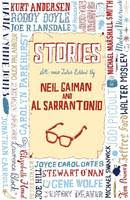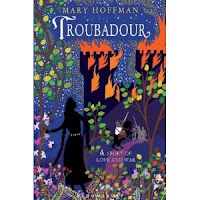The final events I attended at the Bath Literature Festival were both based on books about WWII, but couldn't have been more different.
The first event was Rick Stroud, speaking about the events around the kidnap of General Kreipe on Crete during WWII, by a team led by Patrick Leigh Fermor.
Stroud gave a summary of the incident. Originally planned as a kidnap of General Müller 'the butcher of Crete', the target changed when Müller was replaced by Kreipe.
Stroud described the (often bizarre) group of young SOE men who planned the kidnap, and the extraordinary Cretans who assisted them, risking everything.
It's a fascinating story - famously made into a film 'Ill met by Moonlight' .
It wasn't, ultimately, particularly useful in terms of the war effort, but it was a heroic effort, with a very interesting cast of characters. I didn't buy Stroud's book, although I think I may borrow it from the library, and perhaps also look for Leigh-Fermor's own account, too.
The second event was about a very different element of the War - the women who worked at Bletchley Park. The event was withTessa Dunlop,who has tracked down many of the women of Bletchley Park who are still alive, and persuaded them to tell their stories, and the resulting book, The Bletchley Girls has now been published.
Tessa Dunlop has a wonderful enthusiasm for the women she met, and she brought them vividly to life as she spoke about the work they did, and their post-war lives.
The women undertook a range of jobs at Bletchley, from transcribing intercepts, to working as a messenger, to working on the 'Bombe' machines, and came from a variety of backgrounds: in the beginning, the majority of the women were the wives and daughters (and wives and daughters of friends) of the men who were working at, or who knew about, Bletchley Park, and so were mainly middle or upper class, but over time, as the number of people working there increased, a wider range of girls and women were recruited.
As well as speaking about the women and their roles, Dunlop played recordings of several of the women themselves, and showed us a number of photos of them, then and now. She also pointed out that as the work was secret, none of the women told anyone what they had done until maybe 30 years after the end of the war, and that many of them had, in the mean time, married and had husbands who were not particularly interested in what they may have done in the war!
I was already broadly familiar with the work of Bletchley Park, but Dunlop's enthusiasm and knowledge of her subject made me want to read the book and learn more about this particular aspect of work there.
By a happy coincidence, the event was held a a venue I have not been to before - the former chapel (now a small museum) at the Mineral Hospital (Royal National Hospital for Rheumatic Diseases). It is rather nice, and has some lovely stained glass, including the delightful gentleman on the right, in the fez!
I shall have to go back to look around the museum when I have time.





